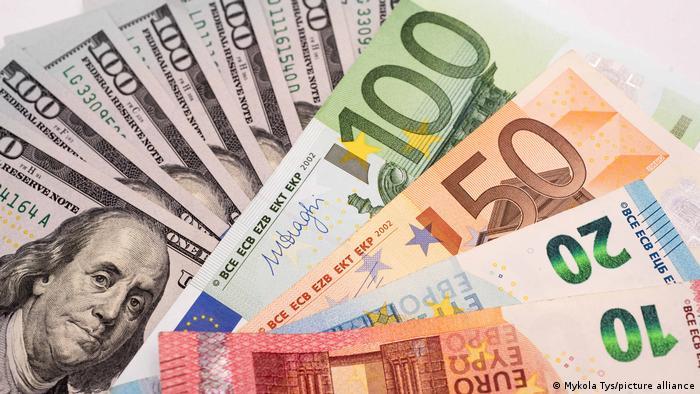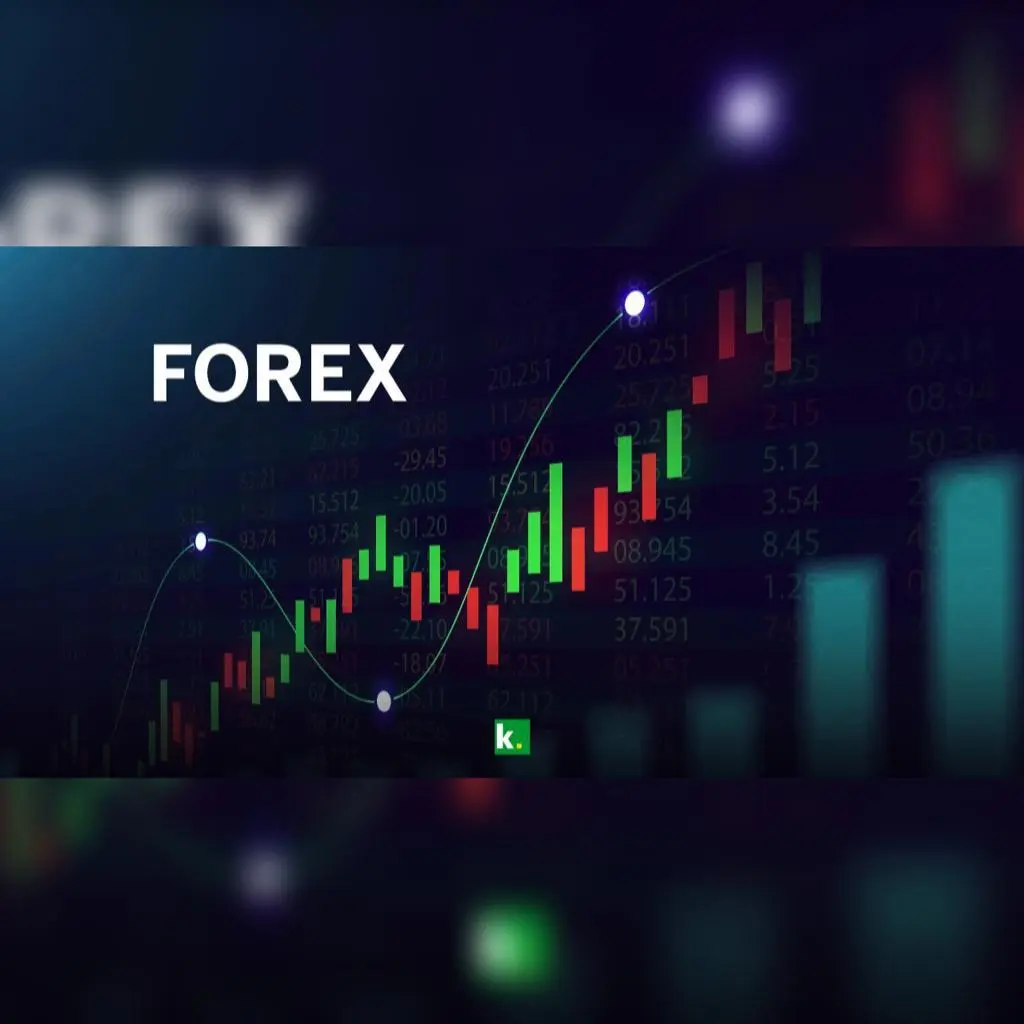On Tuesday, the Euro extended its gains, buoyed by a slight weakness in the US Dollar, seemingly indifferent to Germany’s shaky consumer confidence data, a significant indicator for the Eurozone’s economy.
Consumer Confidence Data from Germany
The monthly survey conducted by market research leader GfK revealed a headline confidence index of minus 27.4, slightly better than both the forecast of -27.9 and the previous month’s -28.8. While the survey suggests a potential improvement in German consumer sentiment, it indicates incremental progress at best.
Focus on the US Dollar and Federal Reserve
Despite Germany’s consumer confidence data, the foreign exchange market remains fixated on the US Dollar and the Federal Reserve. The Euro has seen gains this week, alongside other currencies, possibly due to investors capitalizing on profit-taking after the EUR/USD decline since early March. Recent dovish remarks from Fed Chair Powell and others have fueled expectations of rate cuts starting in June and continuing into the second half of the year.
Diverging Views on Monetary Policy
However, some US rate-setters have expressed skepticism about this outlook. Atlanta Fed President Raphael Bostic and Fed Governor Lisa Cook have questioned whether current inflation levels justify the anticipated three rate cuts. In contrast, European Central Bank (ECB) officials, such as Madis Muller and Bank of Italy Governor Fabio Panetta, have hinted at a potential inflation slowdown, instilling confidence in monetary policy.
EUR/USD Technical Analysis
The Euro has found support just above the February 29 low of 1.07976, with an uptrend line dating back to October 3, 2023, likely to come into focus if this level is breached. Bulls will aim to surpass the psychological resistance at 1.09 before targeting the March 21 high of 1.09400. However, near-term reclamation of the broad range peak at 1.09989 appears unlikely.
Market Sentiment
Despite recent movements, confidence in EUR/USD appears subdued, as reflected in IG’s client sentiment data, with net-longs narrowly outweighing net-shorts at 53% to 47%.
In conclusion, while the Euro has strengthened against the US Dollar amidst uncertainties surrounding monetary policies, diverging views among central bank officials and technical factors suggest a cautious outlook for EUR/USD in the near term.




